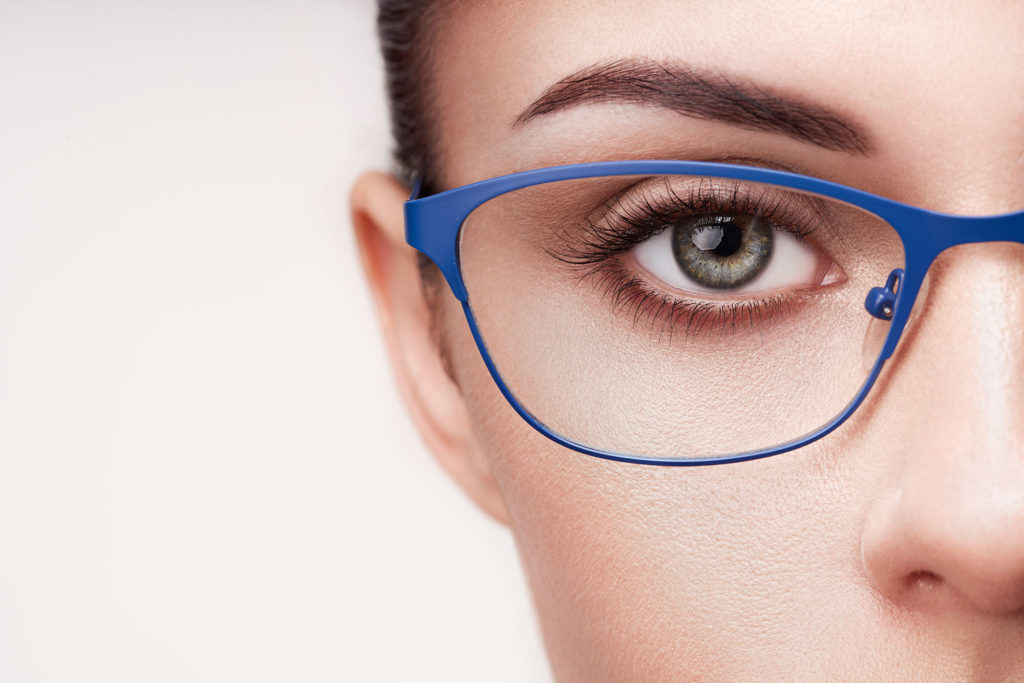Dry Eye
Dry eye symptoms like burning, stinging, and itching can range from mild to severe and life-altering. Contrary to its name, most people with dry eye syndrome actually produce enough tears, but they do not produce high-quality tears that are able to keep the front of the eye lubricated.
So what makes quality tears? Our tears consist of three layers. A thick inner mucous layer coats the cornea, the clear front surface of the eye. The middle layer is primarily made up of water and accounts for 98% of tear volume. An outer layer of lipids (fats) is an oily film that seals in the tears and prevents them from evaporating.

Tears are extraordinarily complex and because of this, our understanding of dry eye is incomplete. In fact, recent research has identified thousands of proteins in tears, aside from salts, lipids, and mucins. Treating “dry eye” involves restoring the balance of these natural compounds in our tears, which is why just putting in more artificial tears often does not significantly help dry eye symptoms.
The various tear components are formed in several glands around the eye. The watery, or aqueous layer is produced in the lacrimal gland located under the upper eyelid. Several smaller glands in the eyelids make the inner mucous and outer oily layer, especially the Meibomian glands of the eyelids. Often dry eye symptoms are the result of poor oil production in the eyelid glands. Along with dry eye symptoms, this can lead to itchy, red inflamed eyelids in a condition called blepharitis.
What are the symptoms of dry eye?
- Stinging or burning eyes
- Scratchy, gritty feeling
- Excessive tearing
- Intermittent blurred vision that gets better with blinking or eye rubbing
- End-of-day discomfort with contacts
What causes dry eye?
Dry eye syndrome rarely has a single cause. Most people who suffer from dry eye have several underlying issues. One of the most common reasons for dryness is the normal aging process. As we grow older, we produce less of the oily and watery components of tears. Not having enough water in the tears can clearly cause dryness issues. But nearly as important for most people is not producing as much oil. The oils stabilize the tears and seal in moisture, so without them you can experience dry eye symptoms while still making enough tears.
These days, we are on screens constantly. Staring at a screen can cause us to blink up to 50% less. Since blinking both forces out more of the aqueous part of the tears and spreads out the tears evenly over the eye, so less blinking means more dryness.
Side effects of certain medications, as well as certain medical conditions, will often be part of dry eye. This mainly includes diseases called autoimmune disorders such as thyroid disease, lupus and rheumatoid arthritis, along with Parkinson’s disease, Sjӧgren’s syndrome and others.
How is Dry Eye Syndrome Treated?
Dry eye syndrome is an ongoing chronic condition. Thus, the goal is not to cure it so much as manage it to reduce its impact on your daily life. Treatment is based on the stage and causes of your dry eye.
Mild dry eye is typically treated with over-the-counter lubricant teardrops, usually 2-4 times per day and gel or ointment at bedtime.
Moderate dry eye patients still need to use teardrops, but more gentle preservative-free drops may be recommended. Often, patients with moderate dry eye will need to improve the oils in their eyes. Warm compresses to soften the oils and express them from your lids into your tears are helpful. Some oral medications and supplements to improve tear oils can be prescribed. At this stage, some patients benefit from special collagen or silicone plugs placed in the tear ducts to prevent tears from draining out of the eye as quickly.
Many patients with moderate dry eye need more help. There are several prescription eye drop medications, Restasis and Xiidra, which help treat the inflammation caused by dry eye in some patients. While not a cure, they can both be highly effective for long-term relief.
Thankfully, few people suffer from severe dry eye. In that case, newer options such as specialty contact lenses, autologous serum tears and amniotic membrane treatments are options.
